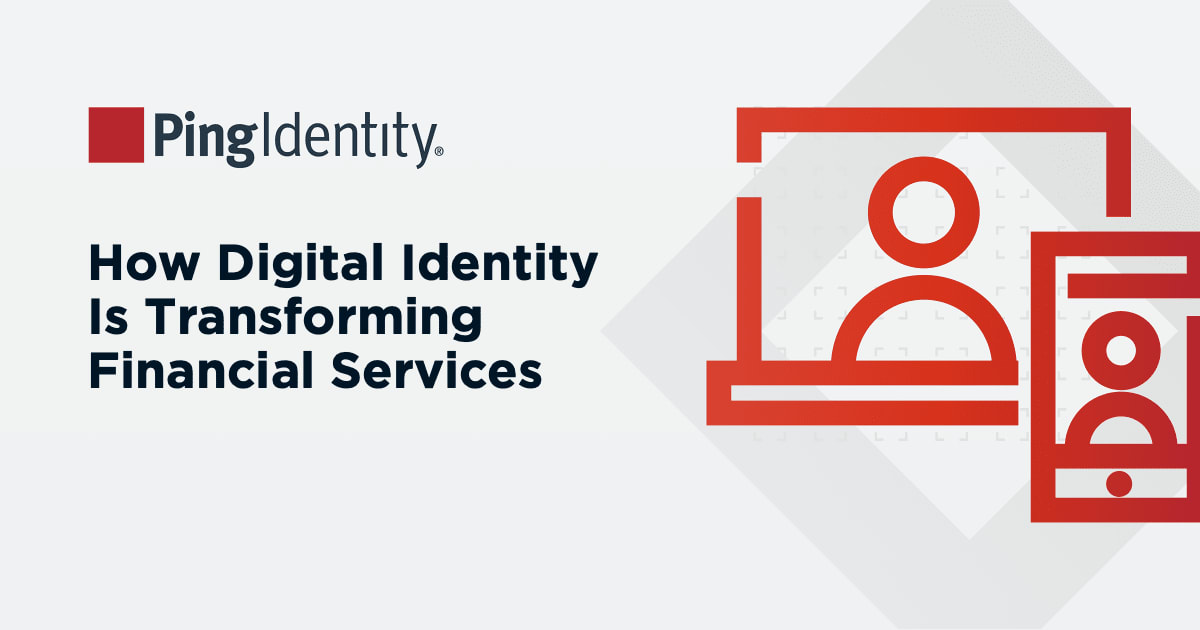Even the most hardened counter fraud professional would admit that some of the fraudsters’ methods are extraordinarily sophisticated and ingenious, and it’s impossible to predict where the next attack will come from. That’s why the idea of staying “one step ahead” of the fraudsters is generally unrealistic.
In practice, the objective is to ensure that fraud detection solutions stay one step—and no more than one step—behind. Defense teams should be snapping at fraudsters’ heels like a pack of bloodhounds, minimizing the opportunities to capitalize on newly uncovered exploits.
This is the same reason why so many professionals are skeptical about the idea of a counter fraud strategy altogether. The whole landscape is so fast-moving that by the time an organization has defined, agreed and implemented its strategy, new threats may have emerged that make it irrelevant.
However, this is a slightly reductive view. Certainly, if the strategy is defined in narrow terms, specifying the types of fraud that it will guard against and the tools and techniques it will use, rapid obsolescence is almost guaranteed. But if the strategy focuses on higher-level principles rather than implementation details, it can help the business make smarter decisions about the best approach to detecting, preventing and managing fraud.
For instance, a high-level counter fraud strategy can help to educate senior management about the importance of investing in counter fraud measures and the consequences of failing to make that investment. We’ve seen numerous examples of online merchants that decide to prioritize customer acquisition and revenue growth over online fraud prevention without understanding that there are real dangers in this stance. These businesses typically rely on major credit card processing networks to handle customers’ payments and most of these networks set a threshold of around 1% for chargebacks related to fraud. If this limit is exceeded, the penalties and restrictions can be severe—or even terminal—for the merchant.


